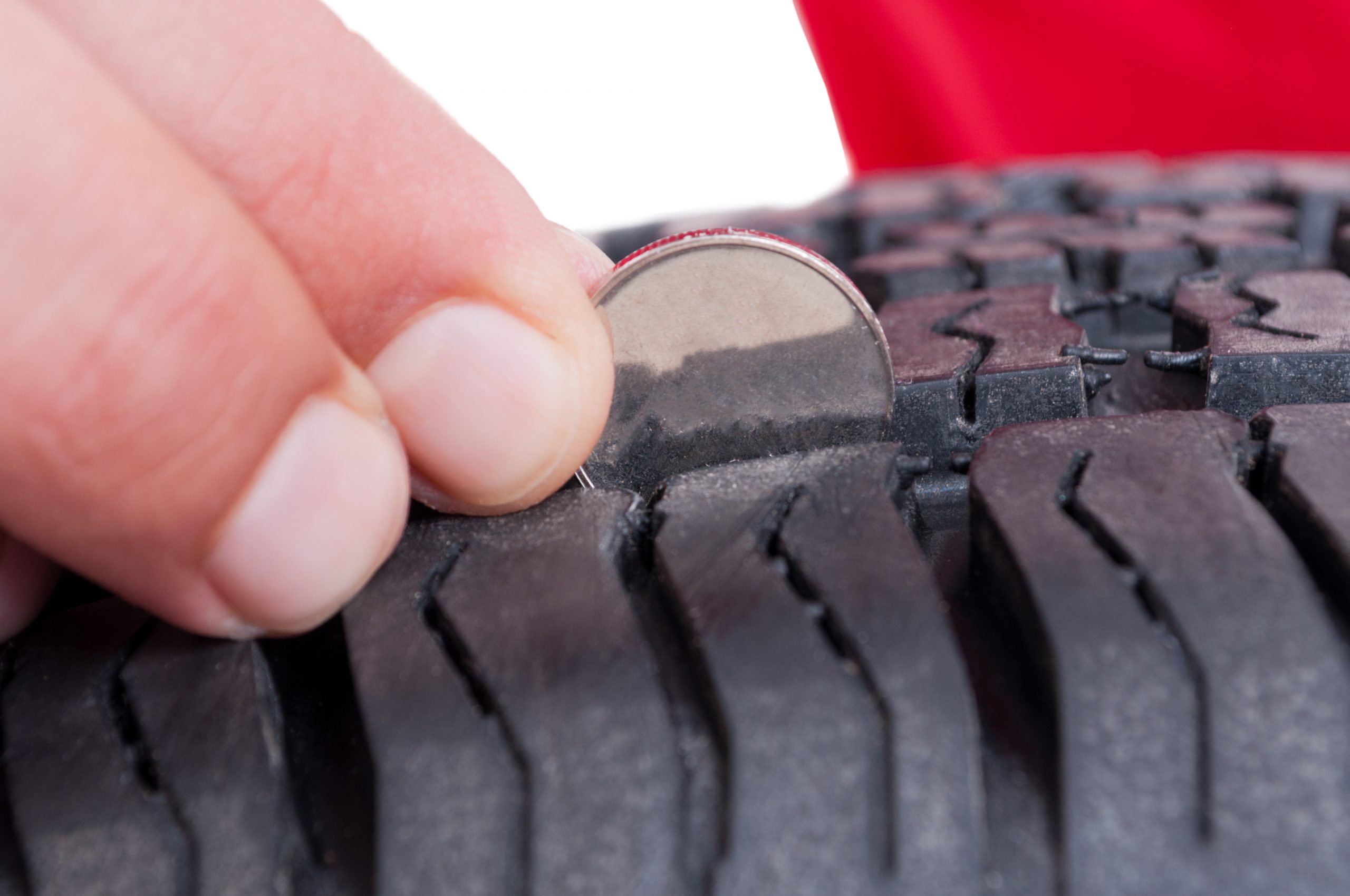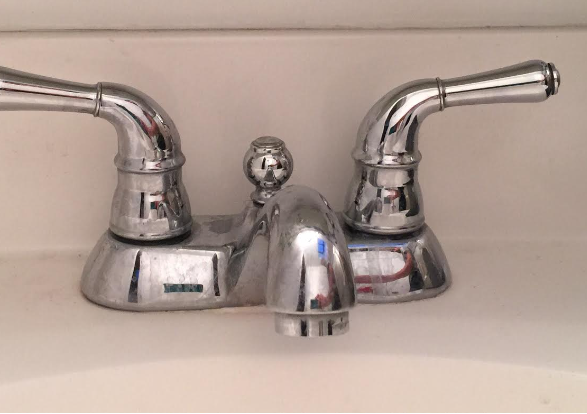Tires are an integral part of your car, but they can be difficult to inspect. Even if you have a good eye for detail, it can be hard to tell when your tires need to be replaced. Fortunately, there are some simple steps that you can take to ensure that your tires are in good shape. In this article, we will outline how to inspect a tire for wear and tear.
Check the Tread Depth
The first thing you should do is check the tread depth of each tire. The tread helps move water away from the tires and reduces hydroplaning risks. To measure your tread depth accurately, place a penny head-down into several different spots around each tire. If any part of Lincoln’s head is covered by the tread, then you still have adequate tread depth and don’t need new tires yet. However, if you can see all of Lincoln’s head, then it’s time to start shopping for a set of new tires.
Inspect for Bulges or Cracks
You should also inspect your tires for any bulges or cracks in the sidewall. Bulges indicate that air pressure has built up inside the tire and is pushing out on weak spots in the sidewall. This can cause sudden deflation or even an unexpected blowout while driving. Cracks in the sidewall are also cause for concern as they indicate that the rubber has started to degrade due to age and exposure to heat and sunlight. Both bulges and cracks should prompt an immediate replacement of the affected tire(s) by a certified tire change technician.
Look for Nails or Punctures
You should also look for any nails or punctures in the tread of your tires. Any foreign objects that have pierced through the rubber can cause air to leak out of the tire and reduce performance. If you find a nail or other object embedded in the tread of your tire, it’s best to take it to a professional who can patch up the puncture. This can be a relatively inexpensive repair, but it’s important to have it done as soon as possible in order to prevent any further damage or blowouts.
It is not recommended to remove nails from tires yourself. Doing so can be dangerous if done improperly and could cause further damage to your tire or even injury to you. If a nail has pierced your tire, it’s best to take it to a certified technician who has the tools and expertise needed to patch up the puncture correctly. They will also be able to inspect the tire for any other damage that may have been caused by the nail, such as bulges or cracks in the sidewall. Professional technicians can also help ensure that your tires are properly inflated and balanced, both of which are essential for safe driving. In short, it’s always best to leave tire repairs to a certified technician.
Look Out for Uneven Wear Patterns
Another sign that you may need new tires is uneven wear patterns across all four tires. This usually happens due to improper alignment or inflation levels, which causes some sections of each tire’s tread to wear down faster than others. An experienced technician can help you identify what might be causing this issue so you can correct it before replacing your tires which will save time, money, and headache.
Check Tire Pressure
You should also check each tire’s pressure every few weeks while they’re cold (not after they’ve been driven on). This will help ensure that your tires are properly inflated at all times—which improves gas mileage and provides better traction on wet roads—and prevents premature wear patterns from forming in the rubber due to under-inflation or over-inflation issues. Also make sure that all four tires are inflated equally; if one is significantly lower than others this could mean there is a leak somewhere which will need addressing as soon as possible.
To check your tire pressure yourself, you will need a tire pressure gauge. Simply remove the cap from the valve stem on each tire and align the gauge with it. Push down firmly until you hear a hissing sound. The reading on the gauge will tell you how much air is inside the tire in PSI (pounds per square inch). If the pressure is too low, use a tire inflator to add air until you reach the manufacturer’s suggested inflation level as indicated in your owner’s manual. Conversely, if it is too high, you may need to let some of the air out through the valve stem with a deflation tool.
Rotate Your Tires Regularly
The fourth step in inspecting your tires involves rotating them regularly—ideally every 5,000 miles or so depending upon the type of car and usage pattern—to ensure even wear across all four corners of your car’s suspension system. Doing so will not only improve handling but also extend the life of each individual tire by preventing premature bald spots from forming due to uneven weight distribution during cornering maneuvers or hard braking events like those experienced during highway driving conditions. Additionally, rotating your tires will help keep their overall shape more consistent over time—reducing rolling resistance which again helps with fuel efficiency and traction control in slippery weather conditions like rain, snow, and ice.
Keeping your tires in good condition is essential for safe driving, not to mention avoiding costly replacements. By taking some time out of your day every few months for a quick inspection, you can easily identify potential issues before they become serious problems—saving yourself from unnecessary expense and hassle later on down the road. So don’t forget—check those tires today!
Comments are closed



